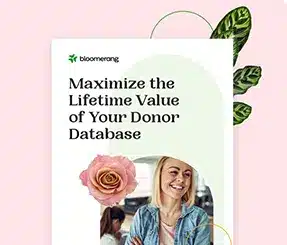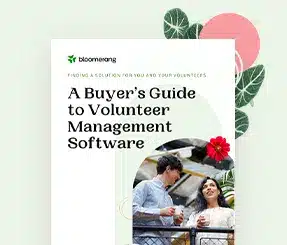Your Nonprofit Needs To Establish A Rainy Day Fund. Here’s Why That Is And How You Can Convince Others To Get On Board.


Full Platform Overview Chat With Us



Full Platform Overview Chat With Us





If there was ever a time to start focusing on building a rainy day source of funding for your nonprofit, that time is now.
If you’re not sure why you should do this, ask yourself the following questions:
If answering these questions made you realize that you do need to establish a rainy day fund, please keep reading.
And if it hasn’t, I recommend you keep reading anyway! You never know when you’ll find yourself dealing with an unexpected financial hardship.
You need to build a source of rainy day funding. Now. Before the next crisis hits.
When I talk about a rainy day fund, I’m talking about two things:
Wouldn’t it be nice to have a plan to accrue passive income that would come streaming into your bank accounts in the future?
When you build an endowment and a legacy giving program, you’re proactively taking steps to secure income you can count on—without putting the pressure on your team and donors to raise those funds year after year.
This doesn’t mean you stop your annual giving program. You need that too. I’m talking about the importance of building a savings plan into your existing financial management strategy.
Tip: I’ve heard from nonprofit leaders that nonprofits shouldn’t save money in this way; they believe that money on hand should be used to fund direct services today, not secure the nonprofit’s future interests. Don’t buy into that kind of thinking! Your current fundraising efforts will take care of today’s needs. Now it’s time to think about which ones will take care of future needs.
In order to build your nonprofit’s rainy day fund, there are several things you need to do.
When it comes to building your endowment, first consider who you need to persuade to get on board with this idea. Is in your executive director? Your chief financial officer? Your program director? Your board chair? Your finance committee chair?
Whoever it is, think about the problems that keep them up at night and how an endowment or legacy program may help them to sleep in peace.
Here are some examples of their potential concerns:
Talk to your leaders about their concerns and then explain how building an endowment or steady stream of legacy gifts could help resolve some of those worries.
Tip: There’s strength in numbers, so once you persuade someone else that there’s merit in building an endowment or a strong legacy giving program, nurture them as allies and develop a mutual strategy to persuade others.
For example, often the development committee chair will be a good ally to persuade the board, as their endorsement may carry more weight than yours as a staff member. Similarly, your chief financial officer may be able to persuade your executive director if you’re unable to do so.
There are several ways to go about this. Here are two I recommend:
When you commit to building a rainy day fund, you accomplish two very important things:
Money enables mission—today and tomorrow.
Looking for more information? Here are some suggestions to inspire endowment and legacy giving to your nonprofit.

Comments
erica waasdorp